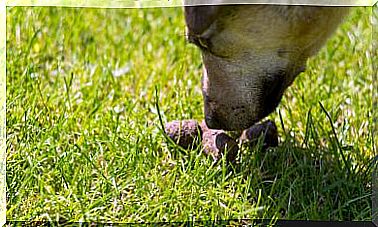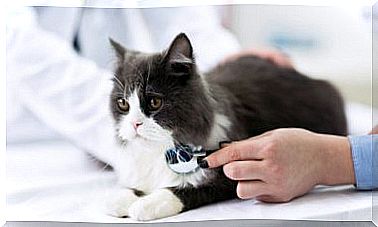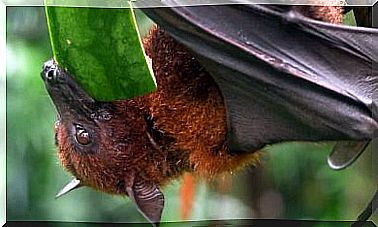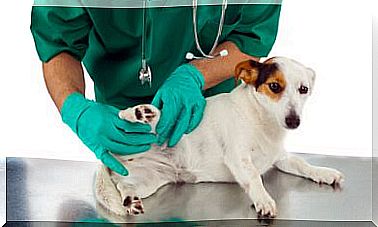The Porcine Respiratory Complex

In Spain, the pig sector is one of the most important livestock sectors, both in terms of production and sales. That is why the study of the diseases that affect these cattle is so important. And among them, the pig respiratory complex stands out.
Overview of the Porcine Respiratory Complex
Since the 20th century, many infectious diseases are no longer understood as caused by a single microorganism, but rather multifactorial complexes are referred to. Within the swine species, one of the most relevant polymicrobial diseases is the porcine respiratory complex –CRP hereinafter–, where we include:
- The PRRS virus – Porcine Reproductive and Respiratory Syndrome -.
- Auzjesky’s disease.
- The Influenza virus.
- Porcine Respiratory Coronavirus.
- The Circovirus.
- Mycoplasma spp .
- Bordetella spp ., Pasteurella spp. …
- Haemophilus spp ., Streptococcus spp., Escherichia coli …
There are a series of pathogenic mechanisms that favor this type of disease, such as:
- The synergies of the different agents.
- Blocking the immune system.
- Alterations of the respiratory mucosa.
- Metabolic, physiological and physical alterations.
- The release of inflammatory components that will increase the severity of the disease.
Description of the porcine respiratory complex
This disease constitutes one of the most complex clinical pictures with the greatest negative impact on pig production.
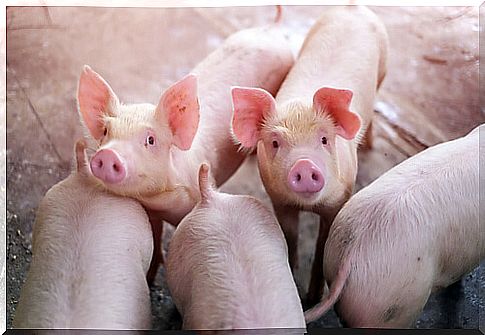
It is a very common pathology in intensive pig farms, although it also occurs, to a lesser extent, in extensive farms. It causes substantial economic losses, derived from the delay in the fattening of the animals, and the multiple needs of slaughter.
Primary pathogens
Within the CRP there are primary pathogens, capable of altering defense mechanisms and establishing themselves in the porcine host. If they are the only pathogens involved in the disease, it usually subsides in a short time.
The problem is in the complications developed with the presence of secondary or opportunistic pathogens. This generates much more substantial economic losses.
Opportunistic pathogens
The rest of the pathogens are considered “opportunistic”, because they take advantage of the virulence factors of the previous ones to also trigger a disease. Depending on the interactions and the complexity of the process, some microorganisms can behave as “primary” agents or as “opportunists”. But others are unequivocally linked to one of the two categories.

The evolution of the porcine respiratory complex
During the last 30 years there have been substantial changes in pig production. It has gone from extensive production to the proliferation of intensive farms with a high density of animals. And this favors the spread of respiratory diseases.
Factors that favor the appearance of the disease
First, overcrowding, coupled with poor ventilation, become a powerful ally of stress. Secondly, this is compounded by high levels of dust and ammonia, which have a negative impact on the respiratory system of pigs.
And thirdly, other negative factors, such as the constant flow of animals, with the constant arrival and departure of individuals, aggravating the spread of diseases. Furthermore, most respiratory pathogens are very ubiquitous, and it becomes almost impossible to find a batch of animals completely free of them.
Critical moments for the porcine respiratory complex
Even when sanitary conditions are extreme to the maximum, there are critical moments for the appearance of the complex. For example, when maternal immunity decreases – after weaning – where piglets are more likely to be infected. In turn, diseases can enter the farm through vectors, new animals, wild animals, and even the farm operators themselves.
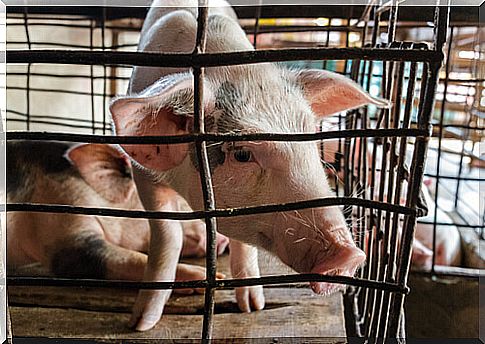
Conclution
To conclude, the multifactorial etiology of CRP can vary, not only between countries, but between different production systems. And within the same farm, it can vary over time. Therefore, its study is highly complex, although necessary.
